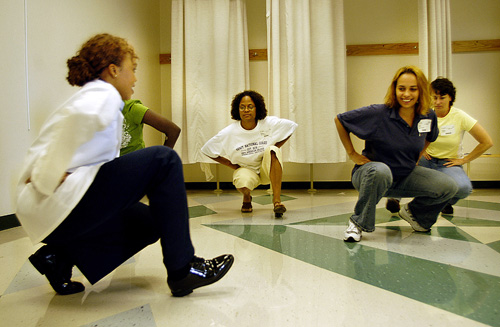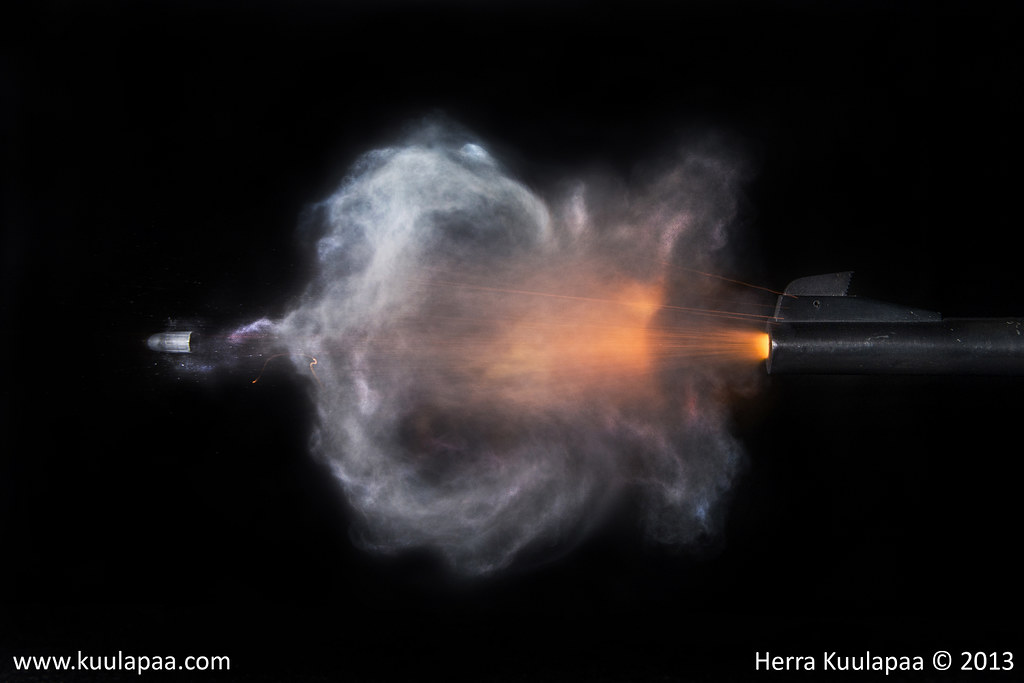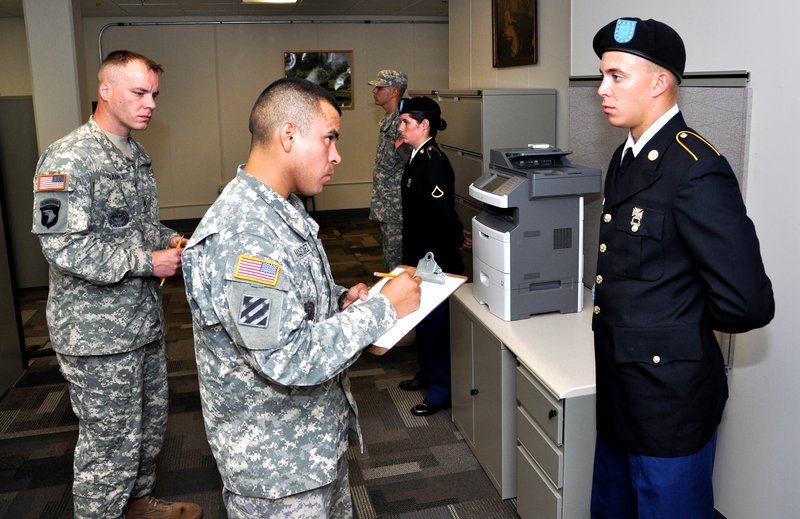Doctor at MEPS shows recruits how to Duck Walk
Ten years ago, I woke up at 0400 (4 a.m.) with about 40 other recruits to take the physical and the other tests that would allow me to re-enlist. Everybody except me and one other guy were between 17 and 20 years old. I sat with the other Old Guy at breakfast. He was 29 years old, I was 53. We were the old guys.
During that day at MEPS (Military Enlistment Processing Station) we got blood tests and probes stuck anywhere they would fit. I knew all that was coming. But my big worry was the duck walk. We had to squat down and walk across a room, about 20 feet, in a squat, with our hands on our hips.
At the time I re-enlisted, I was an avid bicycle racer. I was in shape, good shape "for my age." But the Duck Walk worried me. I might be in good shape for my age, but the Duck Walk is easy for any reasonably fit 18 year old, not so easy for those of us over 50. As it turns out, it was not so easy for my new 29-year-old friend. We lined up with a half-dozen kids in the third Duck Walk wave and waddled across the room. The other old guy and I grunted, struggled, wobbled but finally made the distance. We were slowest finishers by a lot.
The Duck Walk Outdoors
We passed. We high-fived each other and made the kids laugh, and whisper about WTF the old guy was doing enlisting.
After the needles, latex gloves, turning and coughing and eye charts, we got dressed and went to another part of the building for the aptitude test.
This was the third time I had taken the entrance exam. In 1972 when I first enlisted in the Air Force, and again in 1975 when I re-enlisted in the Army, I took the test. Back then it was on paper. Today it was on a computer. By the time we left the test room and returned to the waiting area, we knew the results. No waiting.
When I walked back to the testing room, the Navy Chief Petty Officer in charge of the test stood up, walked around his desk and shook my hand in front of the group. He said, "You just got the highest score of anyone we tested this year. Congratulations! You qualify for any job in the Army, Hell, any branch of the service based on these scores."
Then he added, "But at your age, there are damn few schools that will take you. But good job!"
I thanked him. He was right. Everything good in the military has an age limit. But I knew that coming in. I was just happy I passed the Duck Walk. Now more paperwork.















